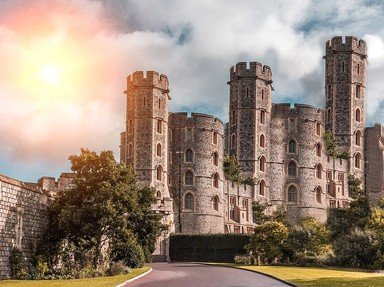Quiz Answer Key and Fun Facts
1. Royal castle where Isabella I was proclaimed Queen of Castile and León
2. Residence of Isabella d'Este, Renaissance patron of the arts
3. Family home of Ann Boleyn, later owned by Anne of Cleves
4. Residence of Mary, Queen of Scots between 1561 and 1567
5. Renaissance castle spanning the river Cher, seized by Catherine de' Medici from her rival, Diane de Poitiers
6. Built by Catherine the Great, later home to Tsar Nicholas II and his wife, Alexandra
7. Empress Joséphine Bonaparte's favourite home, where she spent her final years
8. Residence of Charlotte of Belgium, Empress of Mexico, located on the Adriatic Sea
9. Palace built on the island of Corfu for Empress Elisabeth of Austria
10. Queen Victoria and Prince Albert's summer retreat on the Isle of Wight
Source: Author
LadyNym
This quiz was reviewed by FunTrivia editor
trident before going online.
Any errors found in FunTrivia content are routinely corrected through our feedback system.
